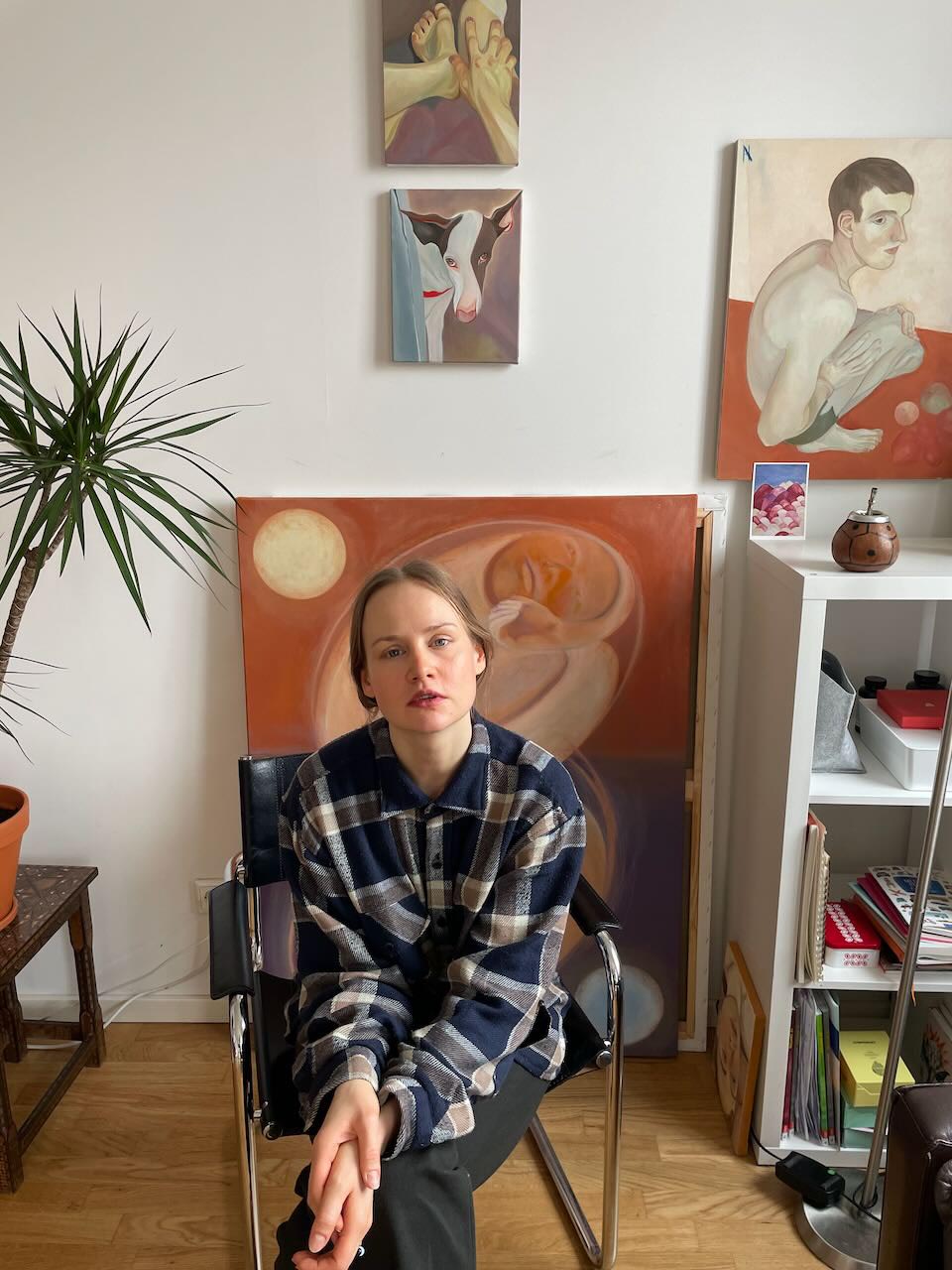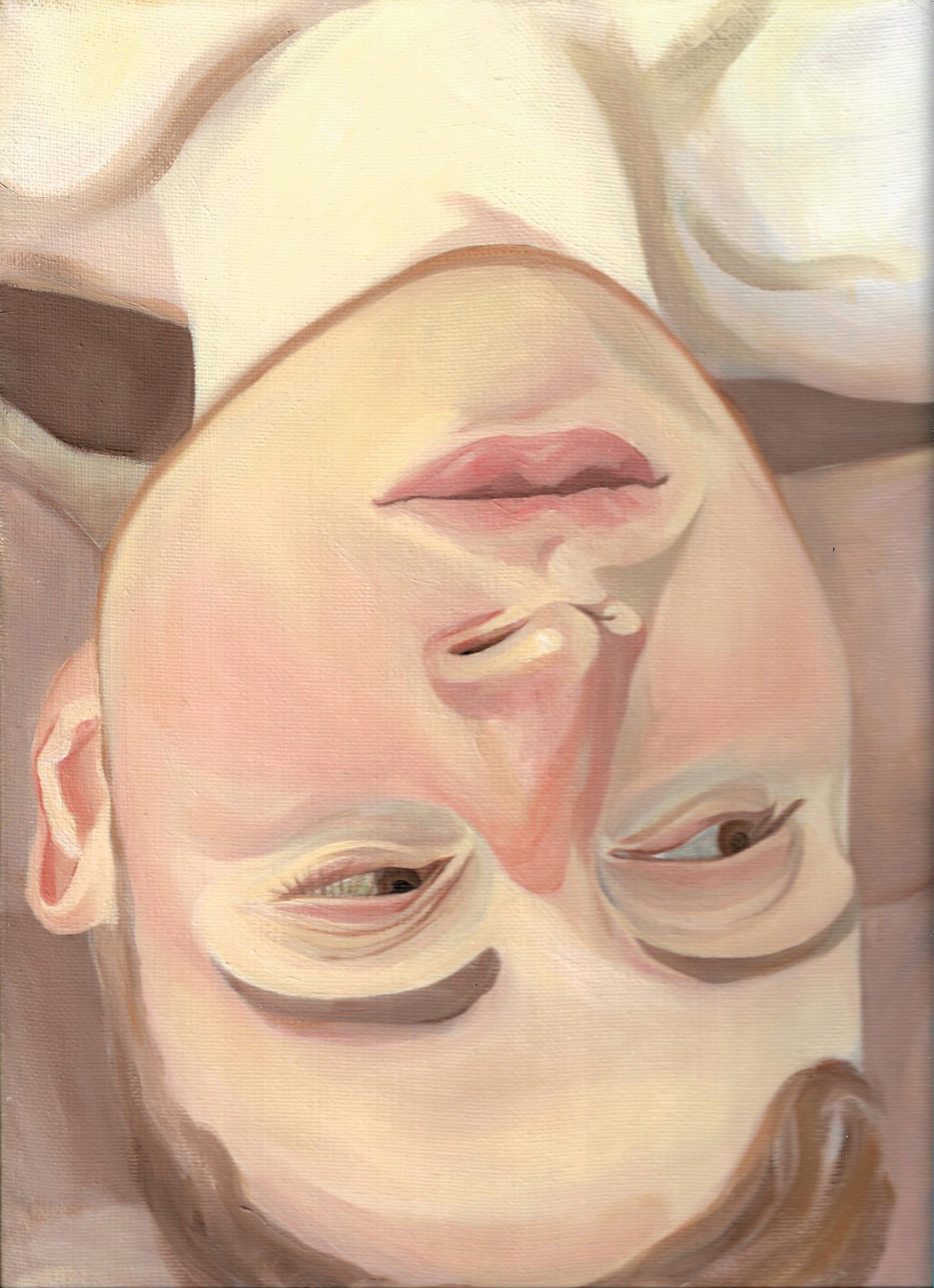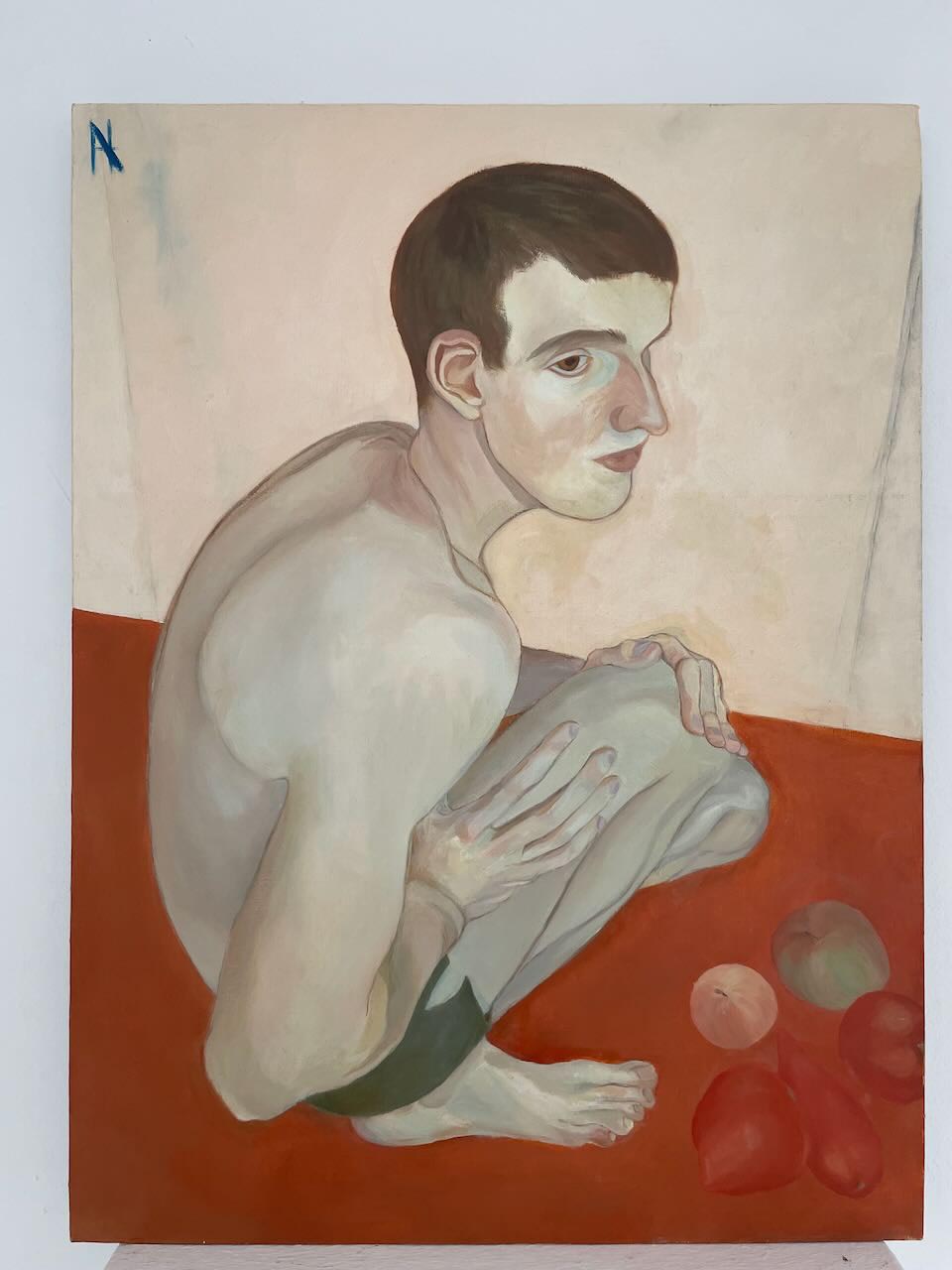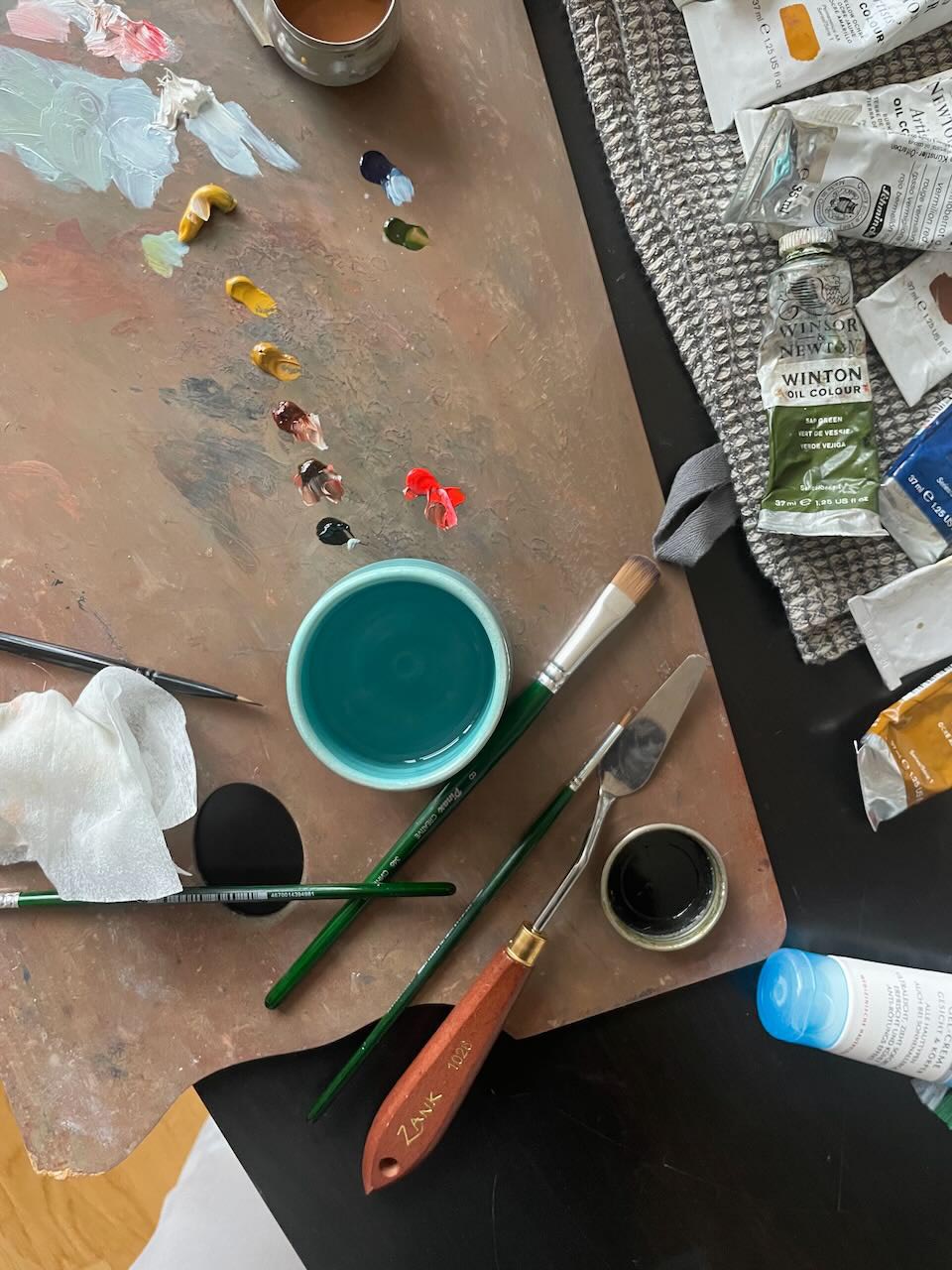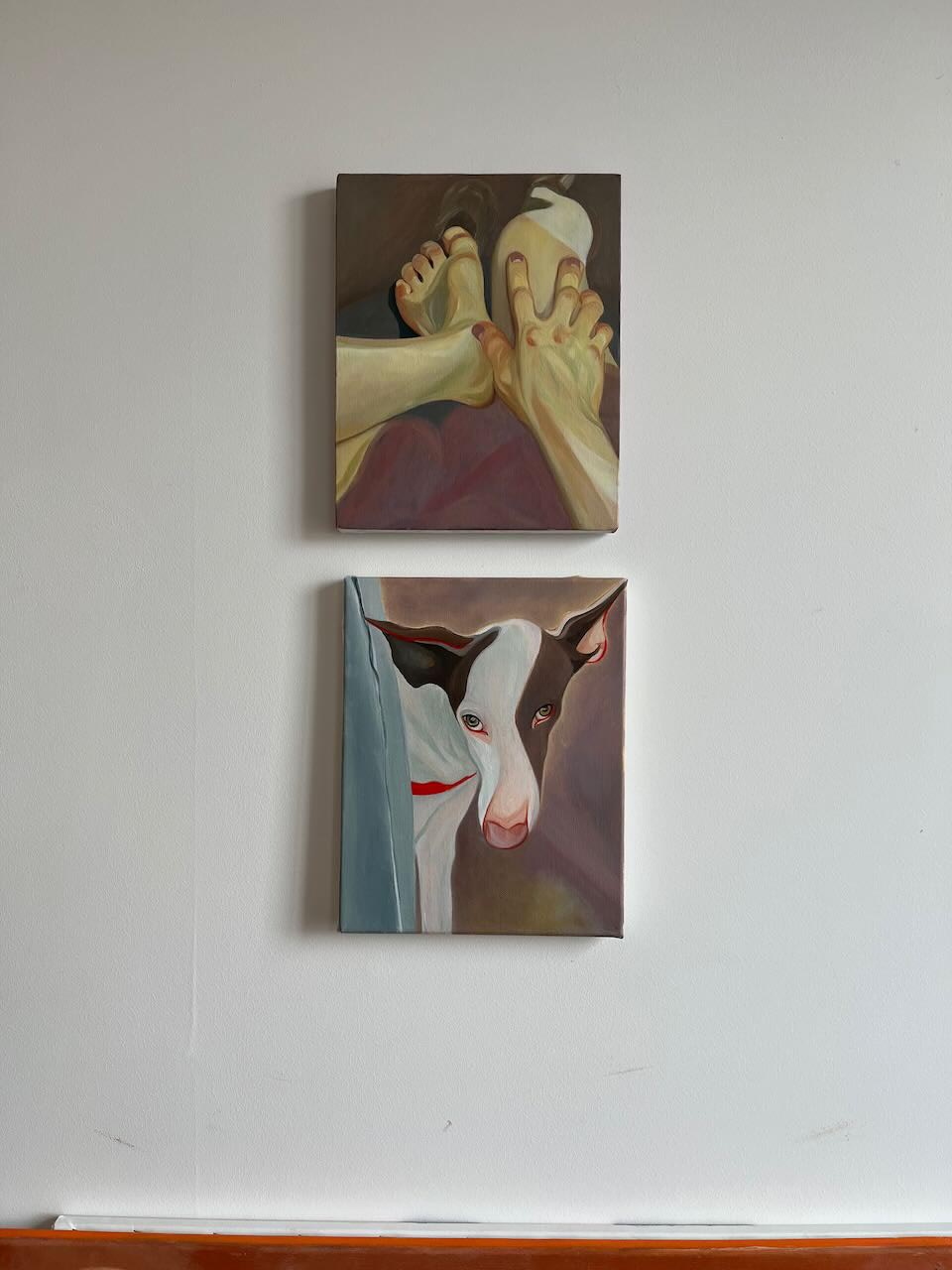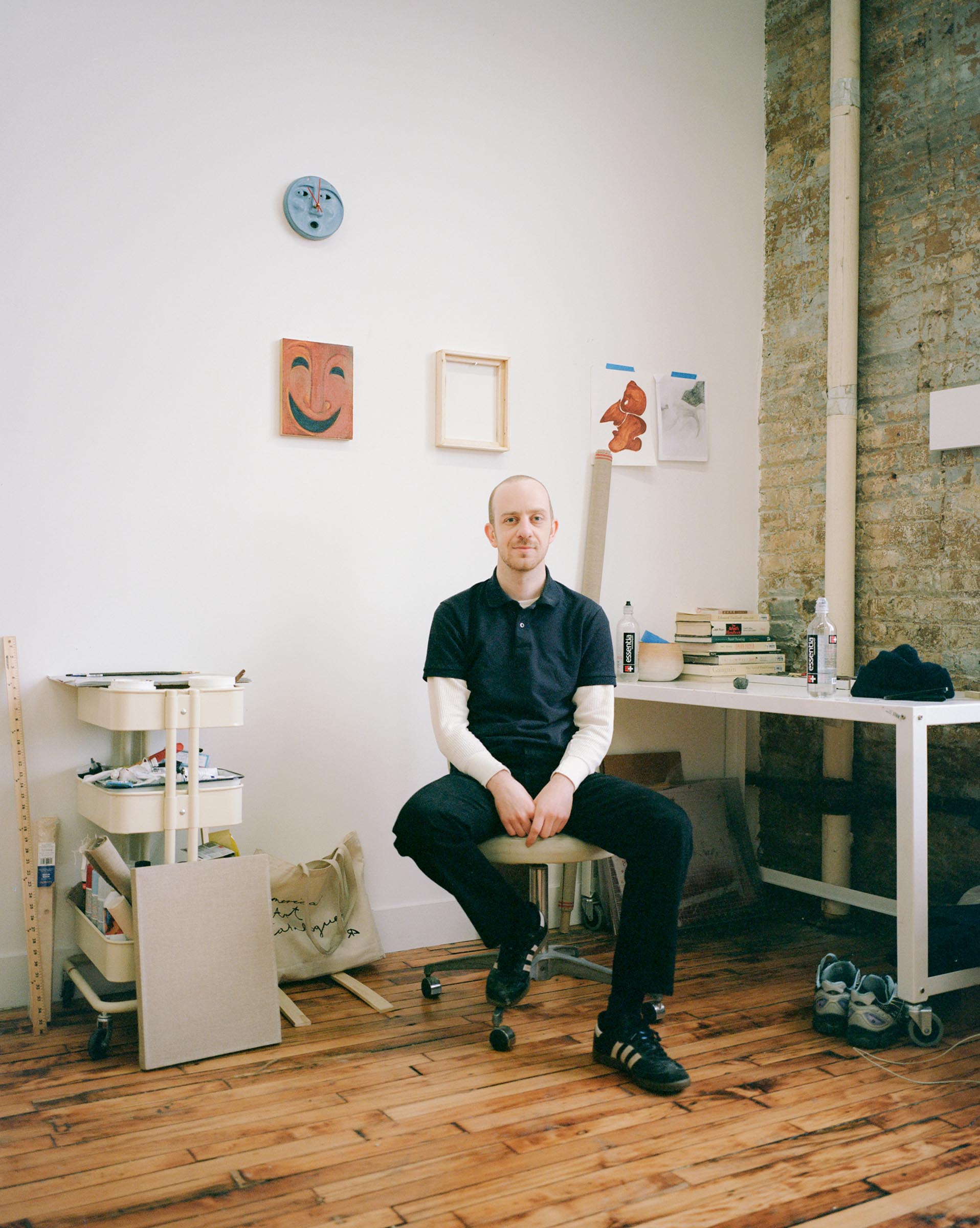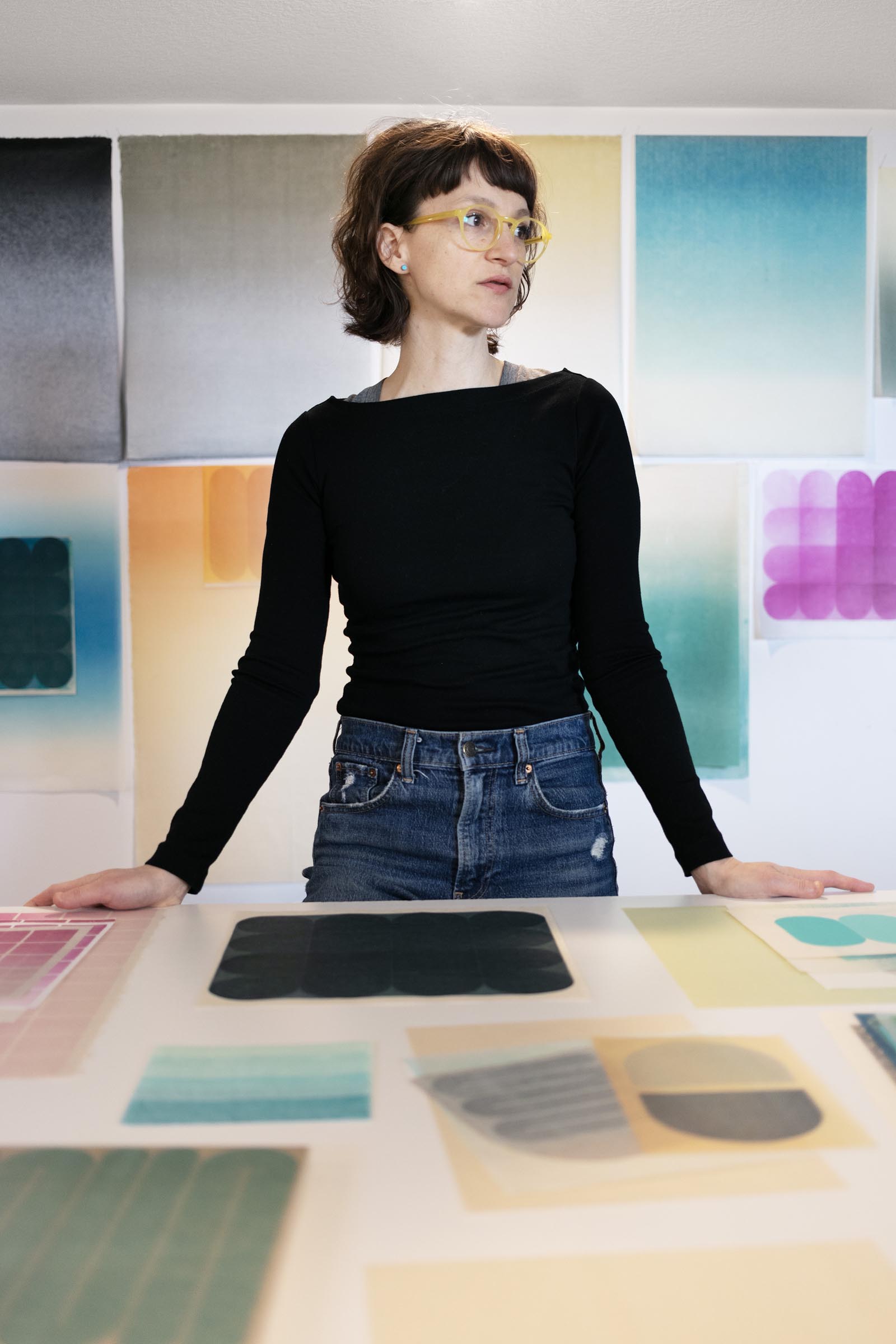How did you get into making art?
I used to draw since I was a child. My parents sent me to art classes, as far as I remember, right after the first postcard which I had spoiled and, I guess I had intended to improve. All my teachers encouraged me to keep on. But I would not say that I believed in myself as an artist at that time. Rather the opposite, general confidence frightened me and I shied away from that path with all my might. Occasionally attending art classes and continuing working “for the desk drawer”, I entered the university and got my first degree in a field far from art.
But I still was fond of the world of art and entered the faculty of History of Art.
Eventually, after I had got a degree in the History of art and with it the comprehensive picture of possible ways of becoming an artist and artistic tradition, after a long detour, I had to admit I was interested in art rather as a creator than a spectator. Then I returned to the painting.
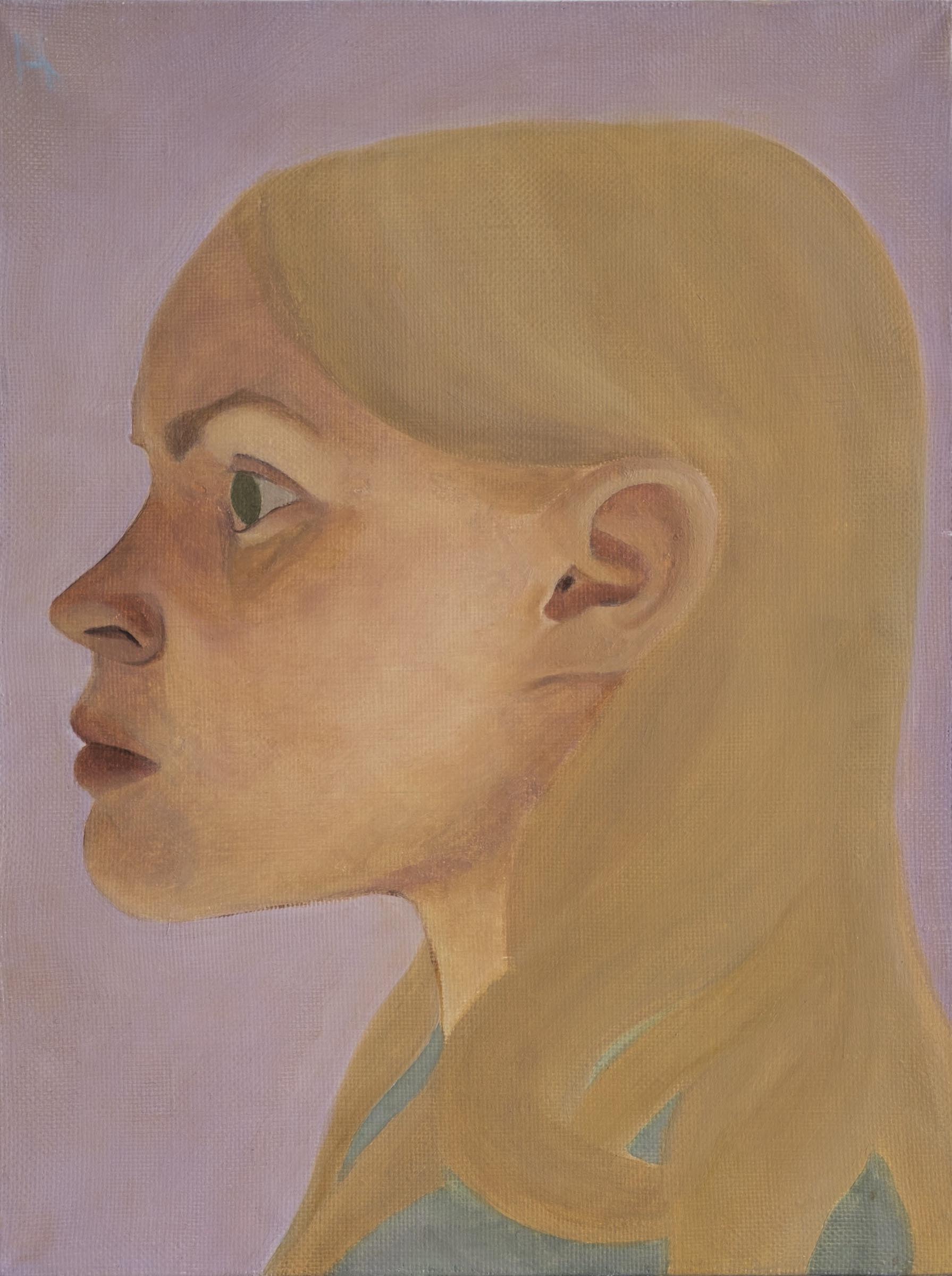
What are you currently working on?
The past few months I’ve been experiencing reconsideration of my art practice as well as the subject matter of my art and it feels like the shifting of tectonic plates somewhere inside of me. Given that, everything that has already been done appears to be just the beginning, a point of departure.
So, things I’ve been working on lately are experimental, not typical for me, I would say, they are more abstract in some way. I am trying to weave echoes of the experiences of natural phenomena, images from viewed movies and books read which have always had a huge impact on me. I’ve been carrying all these impressions in my head for months while they were melted, infused and now they finally beg to be expressed.
In addition, I still keep working on a series of paintings related to bodily experiences of being in the here and now. I tend to catch and pay attention to such moments and from my experience, this enables us to feel truly alive.
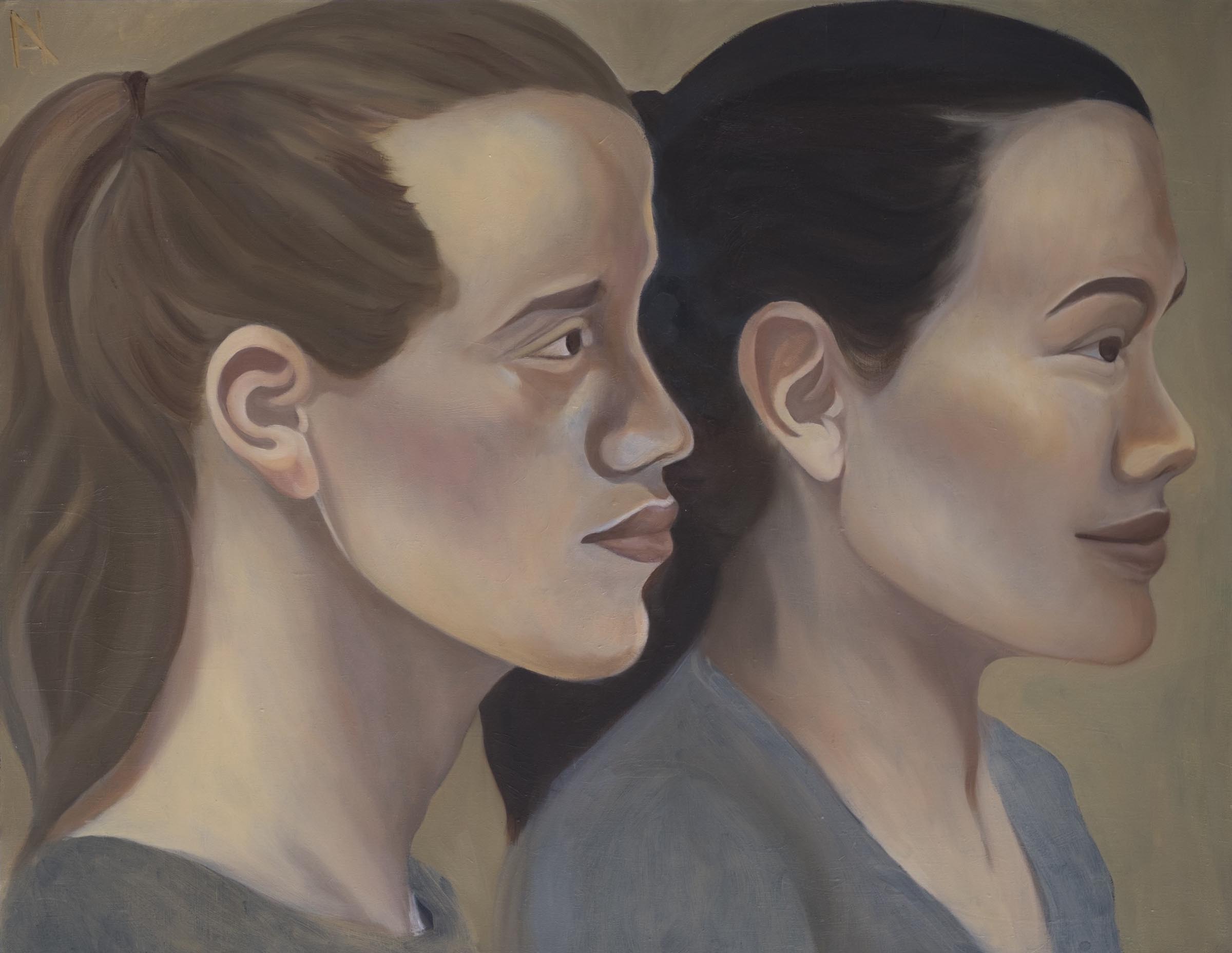
Everything that has already been done appears to be just the beginning, a point of departure.
Astakhova Nastia
What inspired you to get started on this body of work?
The one I am currently working on is inspired by Lars Von Trier’s film “Melancholia”.
Another one is by the mystical mood in Gogol’s novels.
And I have some more or less vague plans including images from old cartoons from my childhood.
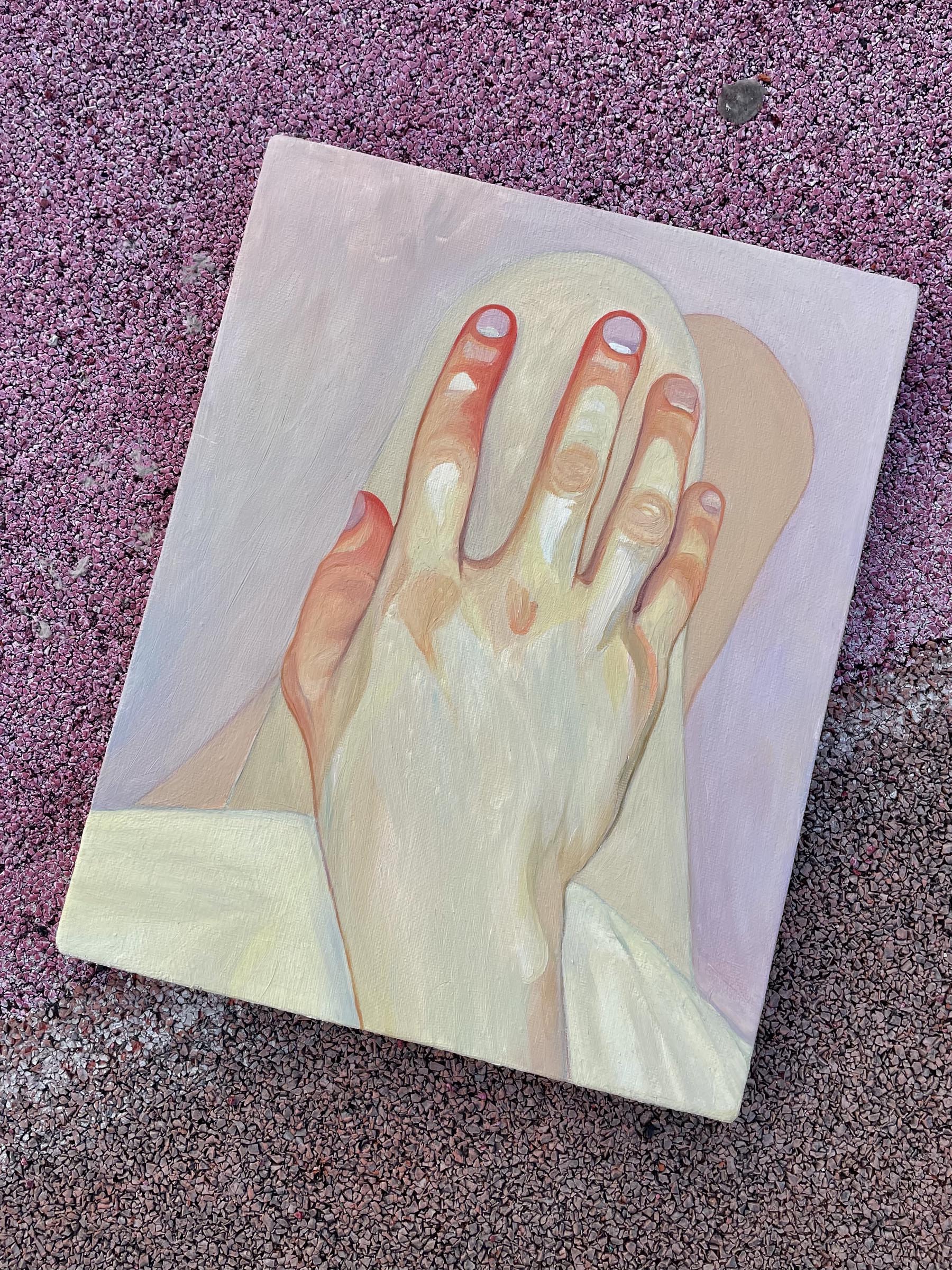

Do you work on distinct projects or do you take a broader approach to your practice?
I usually start with one work, keeping in mind the general idea for a couple of subsequent paintings united by one theme or motif.
I’ve noticed it’s better to work on one piece at a time since I dive deeply into each one and stay in contact with it during the whole process of working on it. Otherwise, if I switch on another work, it increases the chance of not completing the first one as contact is established with a new one. I am not really a fan of multitasking and try to avoid it wherever it is up to me.
However, during the process of working on one painting, there is a lot of room for improvisation. So since I tend to deal with doubts it often ends up in changing course and/or stand-alone pieces.
Still, I do believe that a series of works arranges the rhythm which, in turn, enhances the overall effect. So I try to maintain discipline and stick to the course taken.

What’s a typical day like in your studio?
Each day brings new attempts to win pure time for creating, to wall off all the things to do, chores, lessons, and other duties, and set aside time for full concentration on the process. I don’t have a separate studio in the traditional sense of the word and work from home, that, I suppose, is the point.
I would like to be able to say there is a typical day. The perfect one suggests getting done quickly the morning routine, a short walk, some coffee and immediately settling down to work. Not to distract by anything, even for meals drinking a lot of tea or yerba mate throughout the day.I usually put on music or audiobooks depending on the mood (I am fond of audiobooks) which have a direct impact on the process. It is interesting to observe afterward how the mood of the book or music is laid into the painting and, in some way, weave into it.On those days, I work until the late evening until I feel exhausted but in a positive sense of the term. And then, go for a walk before going to bed.
The reality is that there is another side of work, «administrative» work such as submitting for open calls, editing artist statements or the website, and so on, which is fairly time-consuming indeed and not a favorite part.
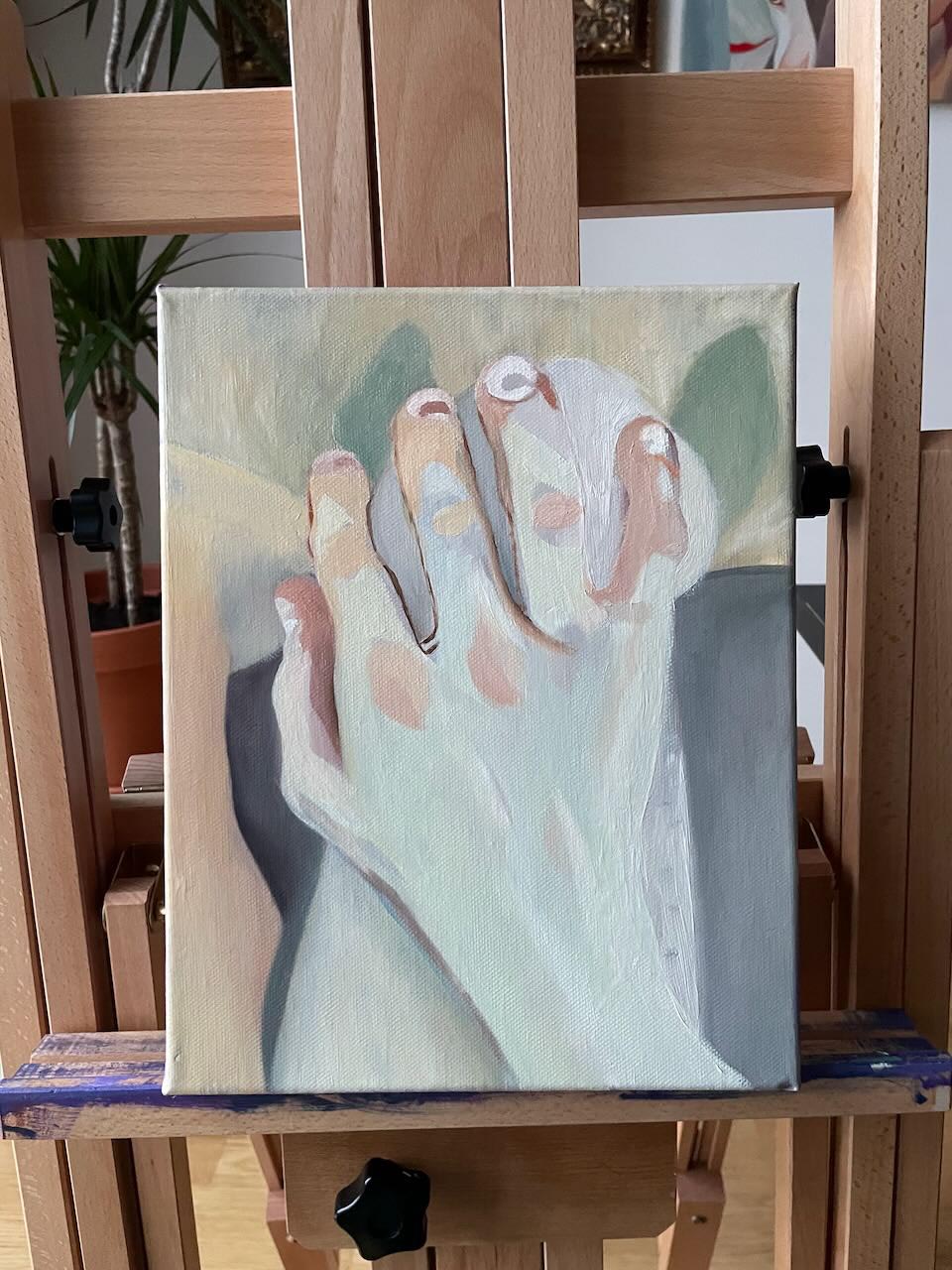

Who are your favorite artists?
Among many, many others: Lucian Freud, David Hockney, Otto Dix, Hilma af Klint, Georgia O’Keeffe, Oleg Tselkov, etc.
Speaking about our contemporaries, here are some of the names which came to mind: Oh de Laval, Maria Herreros, Diane Dal-Pra, Ines Longevial, Diego Cabezas, Sasha Pasternak, and so on, the full list can be long.
Where do you go to discover new artists?
I constantly visit museums, galleries, art centers, and studios, and occasionally, attend openings.
But still, the great way to see a lot of remarkable artists is to follow accounts of art magazines, prizes, and shows dedicated to discovering emerging or mid-career artists, and the greatest tool for it is social media and particularly Instagram.
Learn more about the artist by visiting the following links:
